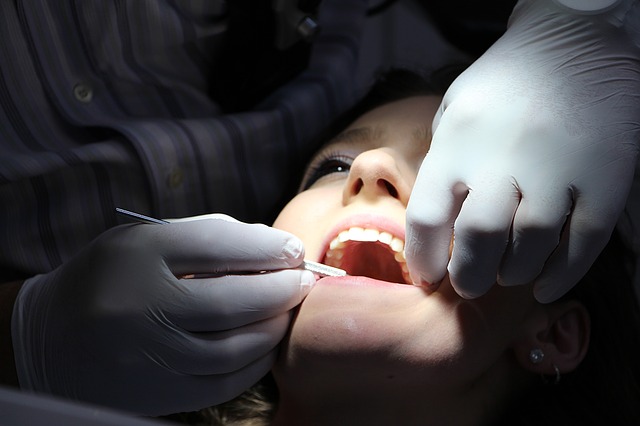A new strain of bacteria in the mouth may offer a way to keep bad bacteria in check—and could lead to a way to prevent cavities using probiotics.
While developing an effective oral probiotic will require more research, researchers say they’ve identified a possible candidate organism: a previously unidentified strain of Streptococcus, currently called A12.
To maintain a healthy mouth, the oral environment must have a relatively neutral chemical makeup, or a neutral pH. When the environment in the mouth becomes more acidic, dental cavities or other disorders can develop.
“At that point, bacteria on the teeth make acid and acid dissolves the teeth. It’s straightforward chemistry,” says Robert Burne, associate dean for research and chair of the department of oral biology at the University of Florida’s College of Dentistry. “We got interested in what activities keep the pH elevated.”
Previous research found two main compounds that are broken down into ammonia, which helps neutralize acid in the mouth. These compounds are urea, which everyone secretes in the mouth, and arginine, an amino acid. Researchers had also previously found that both adults and children with few or no cavities were better at breaking down arginine than people with cavities.
They knew bacteria were responsible for breaking down these compounds but needed to investigate which bacteria do this best, and how this inhibits cavities. Part of the answer is A12.
“Like a probiotic approach to the gut to promote health, what if a probiotic formulation could be developed from natural beneficial bacteria from humans who had a very high capacity to break down arginine?” Burne says. “You would implant this probiotic in a healthy child or adult who might be at risk for developing cavities. However many times you have to do that—once in a lifetime or once a week—the idea is that you could prevent a decline in oral health by populating the patient with natural beneficial organisms.”
A12 has a potent ability to battle a particularly harmful kind of streptococcal bacteria called Streptococcus mutans, which metabolizes sugar into lactic acid, contributing to acidic conditions in the mouth that form cavities. The researchers found that A12 not only helps neutralize acid by metabolizing arginine in the mouth, it also often kills Streptococcus mutans.
“Also, if A12 doesn’t kill Streptococcus mutans, A12 interferes with Streptococcus mutan’s ability to carry out its normal processes that it needs to cause disease,” Burne says. “If you grow them together, Streptococcus mutans does not grow very well or make biofilms, also known as dental plaque, properly.”
Marcelle Nascimento, associate professor of restorative dental sciences, collected plaque samples for the study, published in Applied and Environmental Microbiology. Dental plaque is a mass of bacteria that grows on the surface of teeth and can contribute to the formation of cavities. She isolated more than 2,000 bacteria that were then screened to find ones that fit the bill.
“We then characterized 54 bacteria that metabolized arginine,” Nascimento says. “Out of these, A12 stood out for having all of the properties we were looking for in a bacteria strain that could prevent cavities in a probiotic application.”
The researchers sequenced the entire genome of A12 and plan to turn the discovery into a tool to screen for people who are at a higher risk for developing cavities, in combination with other factors such as a patient’s diet and their oral hygiene habits.
“We may be able to use this as a risk assessment tool,” Nascimento says. “If we get to the point where we can confirm that people who have more of this healthy type of bacteria in the mouth are at lower risk of cavities, compared to those who don’t carry the beneficial bacteria and may be at high risk, this could be one of the factors that you measure for cavities risk.”
Other researchers from the University of Florida and from Clemson University are coauthors of the study. The National Institutes of Health funded the work.
Source: Morgan Sherburne-Florida, University of Florida, CC by 4.0 International

